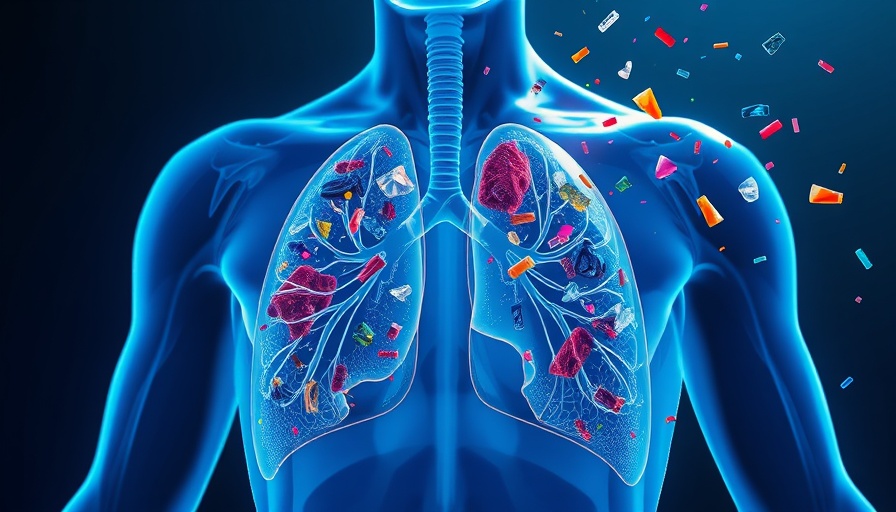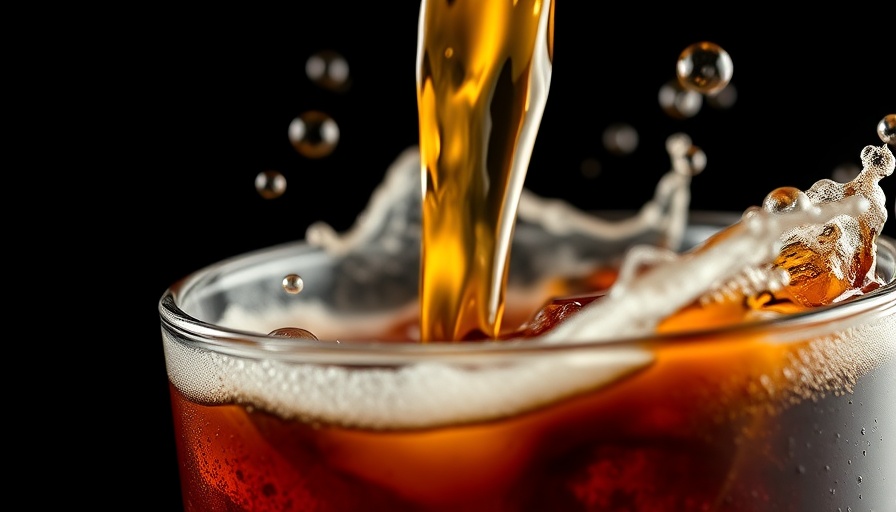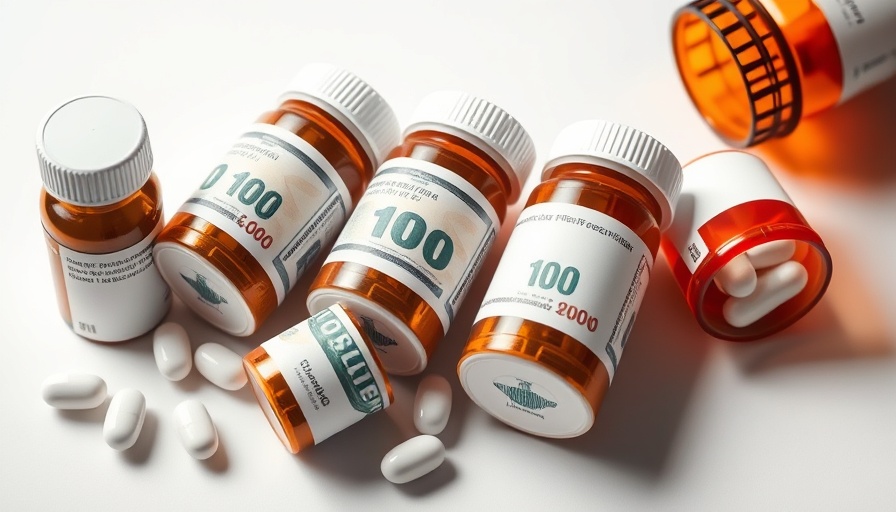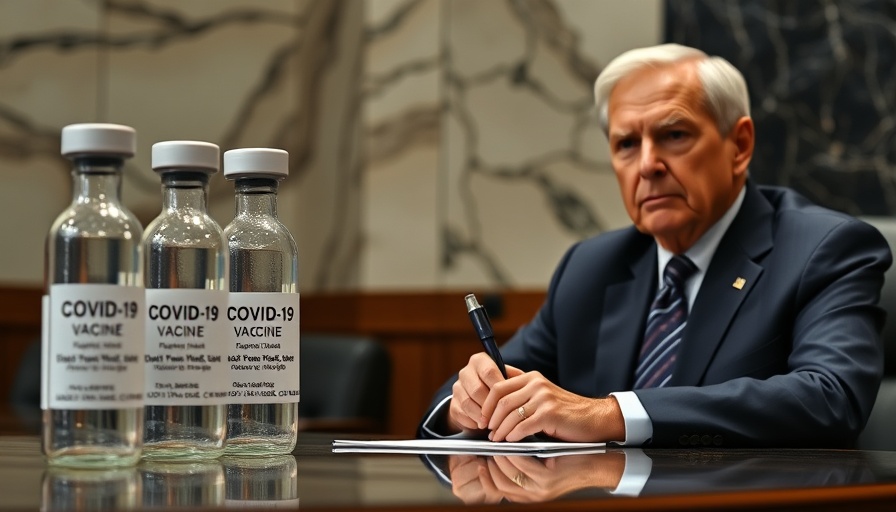
The Invisible Threat of Microplastics
Microplastics are tiny plastic particles less than 5 millimeters in size, pervasive in our environment and increasingly found in our bodies. These particles come from the breakdown of larger plastic materials, yet they do not degrade, persisting indefinitely in our ecosystems. A recent study alarming in its scope detected microplastics in every lung sample from 51 bird species, echoing concerns about human health implications.
Health Risks Linked to Microplastics
The health repercussions of microplastic exposure are troubling. Research has indicated that these tiny particles can infiltrate lung tissues, disrupt hormone balance, and even cross the placental barrier, affecting developing fetuses. Chronic inflammation and oxidative stress caused by microplastics may exacerbate existing health conditions, particularly in vulnerable populations like allergy sufferers and those pursuing a healthy lifestyle. This raises urgent questions: How often are we unknowingly inhaling these contaminants in our quest for clean living?
What Birds Can Teach Us About Microplastic Pollution
Birds, often regarded as environmental sentinels, reveal a grim portrait of our pollution problem. A pivotal 2025 study published in the Journal of Hazardous Materials scrutinized the lung tissue of birds near busy urban areas, finding alarming quantities of microplastic particles. The Grey Heron was recorded with over 1,400 particles in its lungs. These findings are not merely birdwatching trivia; they indicate that microplastics are ubiquitous, likely impacting human health at significant levels.
Microplastics in Everyday Life
From our oceans to our dinner plates, microplastics have infiltrated food chains and drinking water supplies. An eye-opening statistic highlights that in 2019, global plastic production soared to 460 million tons and is projected to triple by 2060. Plastic waste from packaging, textiles, and tires breaks down into these minuscule, harmful particles, which we inadvertently consume and inhale daily.
Actionable Steps to Reduce Microplastic Exposure
As awareness grows, so does the call to action. Individuals can take proactive steps to lessen microplastic exposure, such as adopting reusable bags and opting for glass containers for food storage. By avoiding single-use plastics and choosing natural products, we can help protect our health and the environment.
The Role of Community and Awareness
Community initiatives play a vital role in the fight against plastic pollution. Local activists and health-focused groups are working tirelessly to educate citizens about the harmful effects of microplastics and to motivate lifestyle changes. Through educational events and clean-up campaigns, they foster a collective sense of responsibility that raises awareness in a fun and engaging way.
The Future: What’s Next?
Looking ahead, our challenge is clear: we must innovate and implement better waste management solutions while advocating for policy changes to curb plastic production. This also involves supporting research into alternatives that do not contribute to the microplastic epidemic. As we build a future with less plastic dependency, we can create healthier environments not only for ourselves but for future generations.
Conclusion: Your Health Matters
The presence of microplastics poses significant health risks; to minimize exposure and protect your well-being, awareness and action are critical. Join local efforts, educate yourself, and share knowledge. Every small change contributes to a healthier lifestyle and a cleaner planet. Together, we can combat the impacts of microplastics—not just for ourselves, but for our communities and the world.
 Add Row
Add Row  Add
Add 



Write A Comment